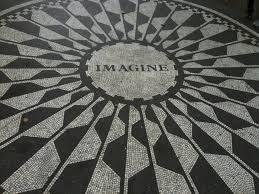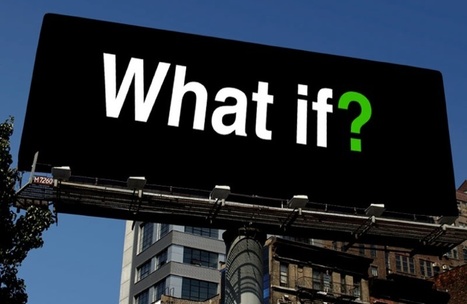Websites Are Dead Men Walking
At our Startup Factory Funded startup Curagami (http://www.Curagami.com) we've been thinking about the end of tactical marketing. When we were helping The Man make millions online we could do so with TACTICS.
When our team was 2% better at SEO, PPC or email marketing we made millions. "Catch up" time, the time it took competitors to zero out the tactical advantage, took a long time. Sometimes we had YEARS on tactics such as content marketing.
We started content marketing in 2003 and NO ONE CARED until about 2010 / 2011. Oh, our traffic, the traffic that comes from Google, is related to our content. Whoops, okay NOW we care.
As websites become more mission critical in all companies the time an elite priesthood can have a tactic to themselves is shrinking fast. Now extend our thinking about tactics and you begin to understand why the web of boxes, borders and "sites" is so OVER.
As social media scales our loyalty is increasingly to EACH OTHER. Think of how your life changes as your personal network scales:
* Search less, ask more (ask friends, followers and friends of friends).
* Consume less, collaborate more.
* Understand MORE & FASTER.
* Curate More Than Create.
* Engineer, Quant and Artist.
NOW, imagine how you DESIGN a non-website website. Here are some things you will need:
* ASKS are legitimate ONLY in a sea of legitimacy (create that).
* Collaboration depends on EASE and TRUST (get those).
* Images, Copy, Navigation & Social ARE THE SAME THING.
* Leave ROOM for their notes (user generated content).
* Curate more than you create.
* Create Siftable-like "blocks" & relate them to each other & US.
That last bullet is where artist (web designers), engineers (programmers) and quants (data analysts) collide to create an artistic experience capable of correcting itself via flexible business rules and "on call" creative.
Now imagine how to TEST in such a dynamic POOL of content, curation and near real time reactions (thanks to the social / mobile web). Today we test and validate conclusions. The orange add to cart button beats the green button.
Tomorrow we test POSSIBILITIES. Once we test "possible" Multivariate testing wins. Once MVT testing wins you MUST mashup a cross functional team (designers, quants, marketing) because A/B testing will be to static and yesterday's news.
What about you? What do you think is next in web design?



 Your new post is loading...
Your new post is loading...










